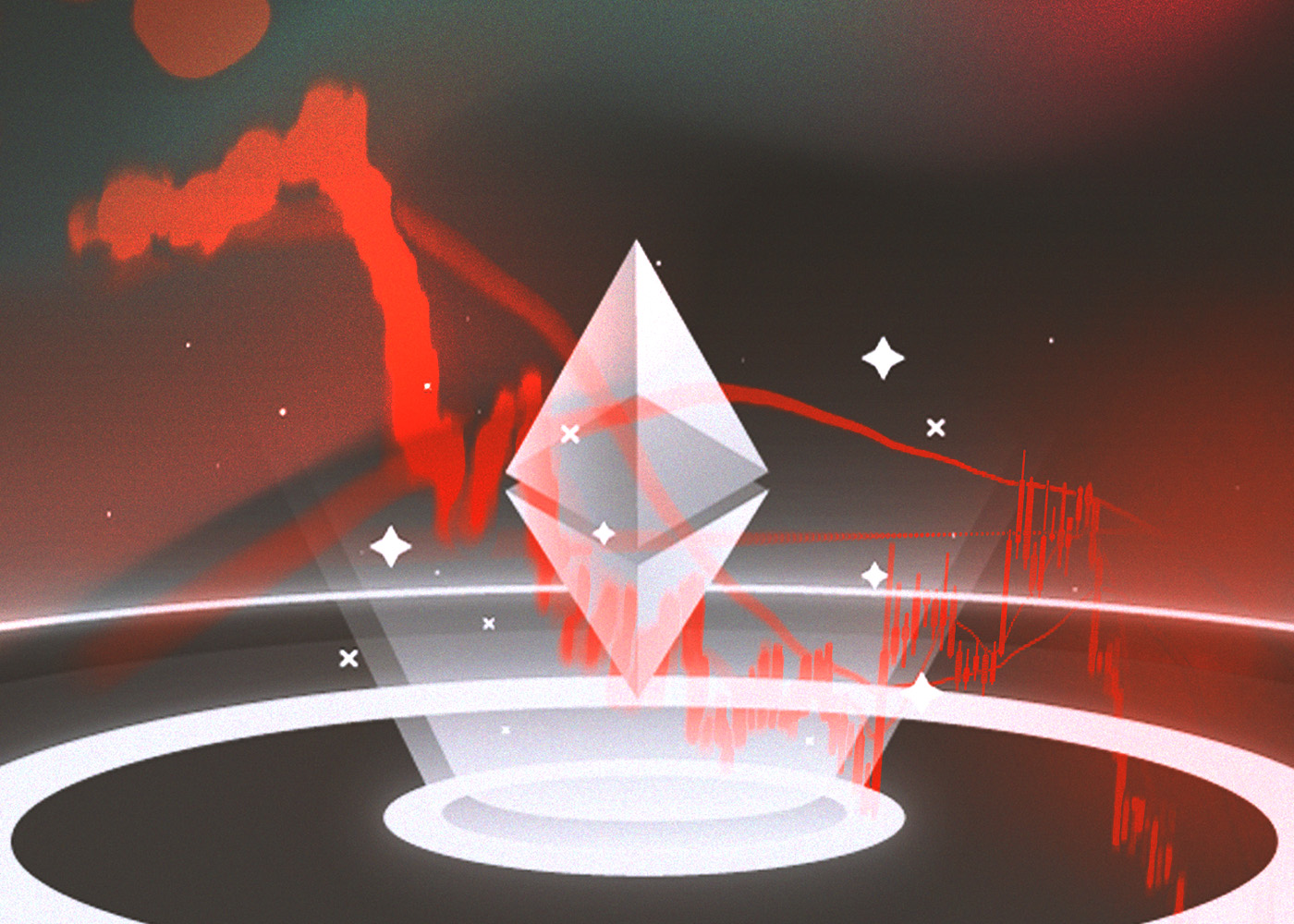ETH, the Ethereum network’s native cryptocurrency, has the potential to be deflationary since last September 14, when the Merge (aka “the Fusion“) took place. The total quantity of ETH at the time of writing is 120,480,415, indicating that there has been a decline of 40,325 ETH since the Merge.
The reduction is negligible in terms of percentage, barely 0.03%. In any case, this is dependent on the Ethereum network’s activity. Hence, the proportion can change in the future, either going up or down.
How did the ETH Burn?
Investors in this cryptocurrency who see a bright future may be glad to see the milestone of 40,000 ETH withdrawn from circulation. A financial asset’s price must rise if its supply is decreased while demand is increased at the same time.
The majority of ETH burns, according to information from the ultrasound.money site, come from trading on the decentralized Uniswap market. The sale of NFTs in the popular marketplace Blur comes next. Transfers of ETH rank only third among the causes of token burning.

The Merge made Ethereum Deflationary
The EIP-1559 upgrade proposal went live on Ethereum on August 5, 2021. This proves that a basic commission and a tip are paid in all network transactions (including the transfer of ETH and tokens as well as the signing of smart contracts). The tip goes to individuals in charge of validator nodes, while the base commission is burnt.
The issuance rate of ETH decreased with the Merge, in addition to what was already said. This indicates that more is frequently burnt than issued, which causes this coin to experience deflation. Since January 1, 2023, Ethereum has maintained its status as a deflationary monetary environment.
You might check: Conflux (CFX), A Chinese Cryptocurrency, Grew By 960% This Year













